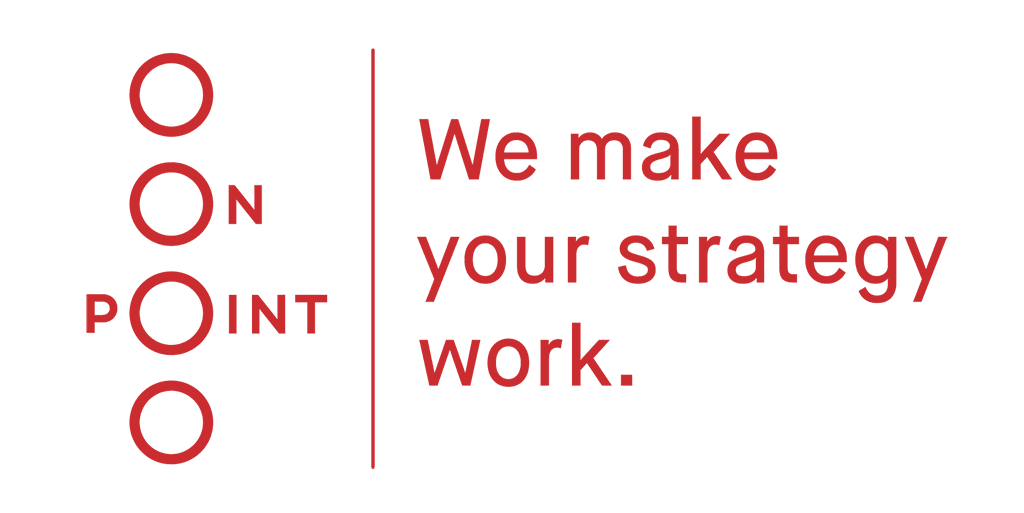ON-POINT Insight #04 - expertise from the consulting frontline
Cutover Chronicles — A Tale of Go-Live Reconciliation and Madness by Vlad Stoenescu
In the tenebrous halls of the enterprise, beyond the veil of dashboards and false confidence, lies a ritual whispered only in war rooms and basement Teams channels:

The Go-Live
We, the orchestrators of transformation and release, do not deploy systems… we summon them. Old platforms are exorcised. New ones rise like eldritch titans, forged in Jira tickets and stitched together by middleware and prayer. And yet, it is not the code that decides success.
It is the business reconciliation. The moment when the truth emerges, in numbers and ledgers and eerie silence.
Phase I: The Preparation — of Checks and Chants
Months, perhaps years, before the fated night, preparations begin.
Runbooks are drafted under flickering fluorescent lights. Reconciliation files are summoned… CSV relics, each containing a fragment of business sanity. The dress rehearsals begin. Some go well. Most do not.
Still, we press forward, chanting ancient workflows and repeating the mantras of mapping tables long lost to time:
- “Map the client ID to the new schema…”
- “Verify the interest accrual aligns with legacy behavior…”
- “Ensure the data warehouse doesn’t awaken prematurely…”
Business users nod solemnly. They know this is no mere upgrade.
This is the rift — a moment when the old system dies and a new one dares replace it.
Phase II: The Go-Live — where the Reckoning Awaits
The appointed hour arrives. The deployment freeze tightens its grip.
No changes. No restarts. No mistakes.
As midnight strikes, scripts are ran – each one a gamble in a digital roulette. Data flows, but not always where intended. Something changed in production. A user logs in and reports that nothing looks wrong, which is often worse than everything looking wrong.
Then comes the first business comparison. The Excel sheet opens. The scroll begins.
It starts innocently: a few mismatches. A missing timestamp.
Then a chilling cry: “Where are the 7.2 million Swiss Francs?”
Panic. Re-checks. Ancient backup logs retrieved. Analysts enter a trance-like state. Coffee turns to blood.
This is not deployment. This is confrontation…with the unknowable legacy of systems built in forgotten programming languages, documented only in the minds of former employees now gone to consulting or madness…
Phase III: Stabilisation — the Descent
Now live, the new system holds. But barely.
Every alert feels like a whisper from the void. Users open tickets describing functions that once were and now are not. The backlog groans. Operations teams lose count of the patches applied. Project managers begin to speak in tongues, muttering things like “hypercare” and “post-mortem workshop.”
And the business… oh, the business.
They compare reports, balances, client records. They notice strange edge cases… accounts that behave like anomalies, interest recalculations echoing across time, like shadows of past data.
Each reconciliation is a ritual to push back the chaos:
- “Why is the loan term 9999 months?”
- “Why is the client’s gender now ‘Banana’?”
- “Why is there an account with no owner and a balance of infinity?”
These are not bugs. They are symptoms of deeper forces — legacy rules misread, code paths never tested, integrations forgotten.
Phase IV: Acceptance — the Dread Eternal
Eventually, stabilisation settles. Not with a bang, but a shrug.
Reconciliations no longer scream, but murmur. Reports align. Sort of. Everyone is tired. Project teams disband. The steering committee dissolves like fog at dawn.
But the dread remains.
For the system is now live.
The data has crossed.
And though it works, none truly understand why.
Those who witnessed the reconciliation carry scars. They speak of UAT with reverence. They flinch when they hear “delta extract.”
The warning from beyond
If you take nothing else from this tale, let it be this:
To go live without business reconciliation is not a launch. It is a summoning.
What you summon may not be the system you designed, but the one you deserve.
Reconcile thoroughly. Prepare relentlessly. Stabilise vigilantly.
For the unknowable is not the enemy.
Complacency is.
If you want your next cut-over to be more success story than horror story — talk to ON-POINT first.
At ON-POINT, we bring consulting expertise from the front line — helping you deliver complex projects with confidence. Reach out to Vlad Stoenescu to start the conversation.
